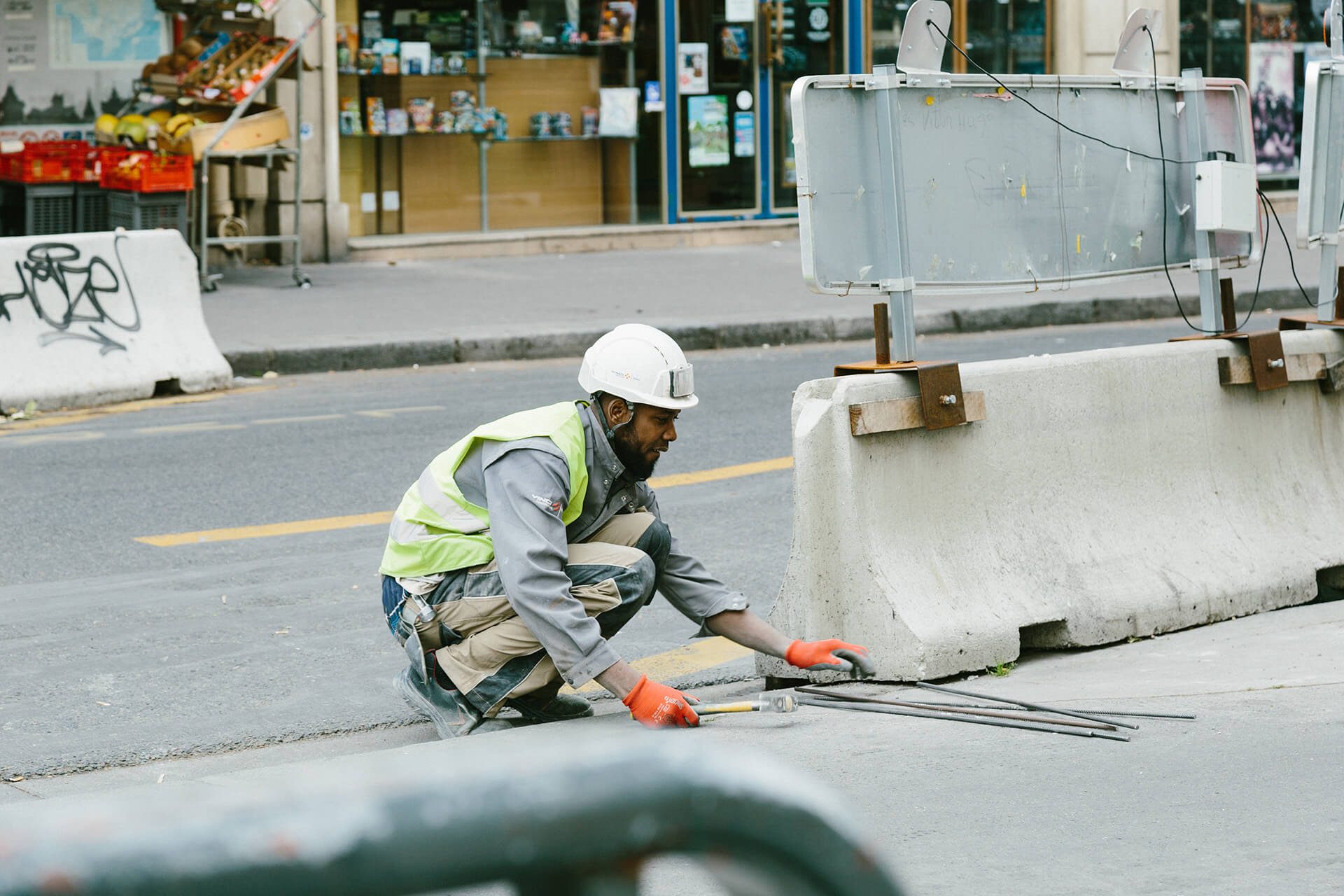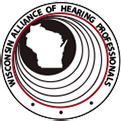The Center for Disease Control (CDC) estimates that 22 million workers are exposed to potentially damaging noise at work each year. Whether you work at a sports venue, on a tarmac, or operate a jackhammer – hearing loss is preventable.
Continue Reading: Hazards Noise In Construction >
Table of Contents
Know Your Workplace Noise Levels!
If you need to raise your voice to speak to someone 3 feet away, noise levels might be over 85 decibels.
Several sound-measuring instruments are available to measure the noise levels in a workspace. These include sound level meters, noise dosimeters, and octave band analyzers.
When does the noise become a problem?
- Hear ringing or humming in your ears when you leave work.
- Have to shout to be heard by a coworker an arm’s length away.
- Experience temporary hearing loss when leaving work.
Continue Reading: Occupational Noise Exposure >
Hearing Loss in the Construction Sector
The construction sector normally generates noise and sometimes puts workers at an overexposed risk. In the early 1980s, almost 421 000 construction workers were exposed to daily noise levels above 85 dBA, and this number increased to 500 000 construction workers in 1999.
In 2002, about half a million to 750,000 workers had daily noise levels that exceeded 85 dBA in most trades. However, only less than 1% of noise inspections were carried out in the construction sector from an average of 22,700 construction inspections in 1994.
Safety and health protection among construction workers seems challenging. Therefore, civil engineers also hold the responsibility to build safe and economic constructions.
Knowledge and awareness of projects with regards to the impacts of construction need to be enhanced and it is a responsibility to carry out.
Occupational Noise Exposure Among Road Construction Workers
Noise in the industry is widespread and is one of the common occupational hazards in various industrial sectors including construction (Suter, 2002). This is because the construction site is a noisy workplace due to the usage of noisy construction machinery.
Among others, old machinery is used widely in the construction sector which could generate loud noise compared to new machinery.
This loud noise is potentially harmful to workers which may cause hearing loss, annoyance, and disturbance to physical and psychosocial well-being, distraction and loss in productivity, Tinnitus, and interference with communication.
Continue Reading: Noise-Induced Hearing Loss and Tinnitus >
International Standards Organization (ISO) determined that the maximum exposure in the workplace should range from 85dBA to 90 dBA for 8 hours/day to prevent the risk of harmful effects.
Road construction appeared to generate noisy activities, especially during the pavement stage.
Construction machinery mostly generated high noise levels at construction sites. Sound power levels of this machinery affect the operators directly since their positions are on the machinery.
Nearby workers are also exposed to the sound generated by these machines according to their distance from the machinery.
Continue Reading: Hearing Loss In Manufacturing Industries >
Noise from various heavy-equipment used in construction which ranges between 80 to 120 dBA may result in the risks of overexposure among operators. An association between noise exposure and hearing loss has been recognized with major causes of construction accidents were found to be related to the attitude of the workers.
Most construction workers lose their hearing ability after years of working in the sector.
Age is one of the common causes of hearing loss among older workers known as presbycusis while hardly understand speech related to loss of hearing ability in the middle of the frequency range of human voices.
Noise exposure is also associated with other health effects such as an increase in diastolic blood pressure and cardiovascular disease risk.
Preventing Occupational Noise Exposure Among Road Construction Workers
In preventing hearing loss, engineering noise control is a priority but in some industries, it is hard to implement which makes the use of hearing protection to become a solution.
Safety is important in daily work, yet the current enforcement of noise regulations was poor in the construction sector although those working in the field of industrial noise control have struggled to educate people.
According to Kerr et al. (2002), there is a lack of existing studies on noise exposure in the construction sector with limited information on construction workers’ exposure, their use of hearing protection, and the existence of hearing conservation programs provided by employers.
Prolong exposure to loud noise might affect workers’ safety and health including hearing impairment which caused higher compensation in the construction industry (Pinto et al, 2011). Therefore, OSHA required noise monitoring among overexposed workers since the noise from construction activities mostly exceeded.
Continue Reading: Hearing Protection At Work >
Noise monitoring performed by Hong (2005), and Suter (2002) showed that most construction workers worked in the presence of hazardous noise.
Noise control on the machinery was hard to implement due to the construction culture where most contractors rent or lease the machinery rather than own it. Thus, a hearing protector
was provided to protect the workers as required by FMR 1989.
However, previous studies from Endelson et al., (2009) and Lusk et al., (1999) showed that the usage of hearing protectors among road construction workers was poor.
Hearing Loss Workers Compensation
The Workers Compensation Program was established in 1911 to encourage employers to make the workplace safer by requiring safety programs and the use of safety devices.
Since 1911, there have been over 2.5 million workers’ compensation claims filed. Hearing loss workers compensation claims now rank #3 in the number of occupational disease claims filed.
Hearing loss workers’ compensation benefits are largely undiscovered benefits covering hearing health care, which is often uninsured. Many health insurance policies and programs like Medicare do not cover hearing aid purchases but workers’ compensation can.
Continue Reading: All About Workers’ Compensation >
It also pays for the disability of hearing loss just as it does for the loss of eyesight or other injuries.
Aging populations, advances in technology, and greater sensitivity to hearing loss are bringing more attention to financing hearing health care. For the most part, those who qualify for hearing loss workers’ compensation benefits are retired hearing-impaired workers who live on fixed incomes.
Sources
- https://www.osha.gov/noise/construction
- http://eprints.utm.my/id/eprint/53670/1/KamilahMohdSaidMFKA2015.pdf
- https://depts.washington.edu/occnoise/content/generaltradesIDweb.pdf
Contact Us
If you, or anyone you know, worked in noise and suffers from hearing loss, please do not hesitate to contact us.
Contact Us


